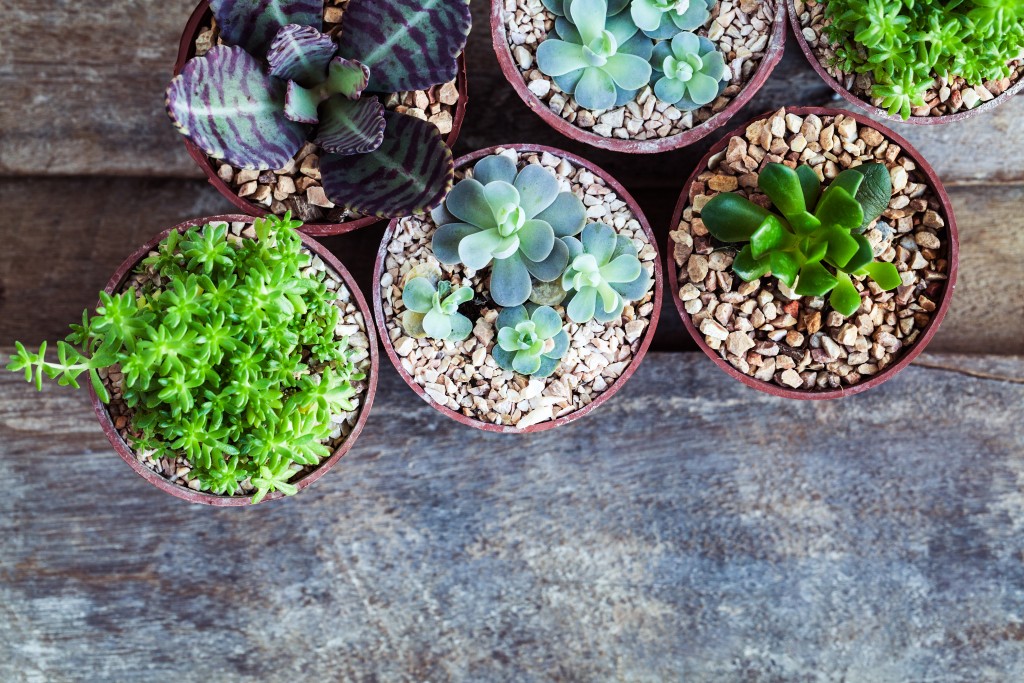Houseplants are big right now. YouTubers create videos featuring their plants as they tour them around a green apartment. Pinterest is full of plants, too—on shelves, on window ledges, on cute pots, and more. Instagram—well—green is a new “aesthetic.” It’s hip. It’s in. But why are younger generations suddenly into taking care of plants?
Financial constraints
Unlike older generations, purchasing a house—and other significant life decisions—is not an entirely attainable thing for millennials because of debts, inflation, and high pricing. The majority of Millennials are living paycheck-to-paycheck, and only 38% report that they are financially stable. The average amount of a student loan debt for a Millennial is $19,000—$6,200 more than what Gen Xers had. In addition to this, rent has increased by 3% because of the spiking demands for apartments. Because of these circumstances, millennials live in small apartments with little to no outdoor space. As a result, they turn to houseplants.
To “fill the void”
Washington Post suspects that it has become a coping mechanism—much like how millennials “fill the void” with social media notifications. It’s like an urban legend: millennials are lonely. Among 1,254 American adults, 30% of millennials felt lonely, as stated in their survey responses. Compared to Gen X and Baby Boomers, “Millennials are also more likely…to report that they have no acquaintances, no friends, no close friends, and no best friends.” So, to feel less lonely, they surround themselves with living things in the form of plants.

Positive effects on mental health
Taking care of plants also have positive effects on mental health. When researchers asked respondents to perform computer-related and plant-related tasks, those who handled plants felt more “soothed and comfortable” than those with technological tasks. The study concluded that “active interaction with indoor plants can reduce physiological and psychological stress compared with mental work.” Since millennials are known to focus more on their mental health, the appeal of tending to houseplants has increased.
The rise of “indoor jungles”
An indoor jungle is a room or any indoor space saturated with plants. Garden rooms would make the perfect environment for an indoor jungle, but if this isn’t accessible, the living room, the bedroom, or the kitchen will do.
Here are things to look out for when starting an indoor jungle:
- How much light does the room have? As much as plants need water, they need the sunlight to be healthy, to retain their color, and to avoid root rot.
- Different plants have different needs. Be careful to research the plant care before acquiring any of them to avoid being surrounded by unhealthy plants.
- Put plants on shelves, hang them from the ceiling, place big plants at the corners of the room. They can be anywhere, as long as they receive the sun that they need.
Whatever it is that made gardening cool again, what matters is that this trend makes people feel better. This is something that no one can take away from them.

